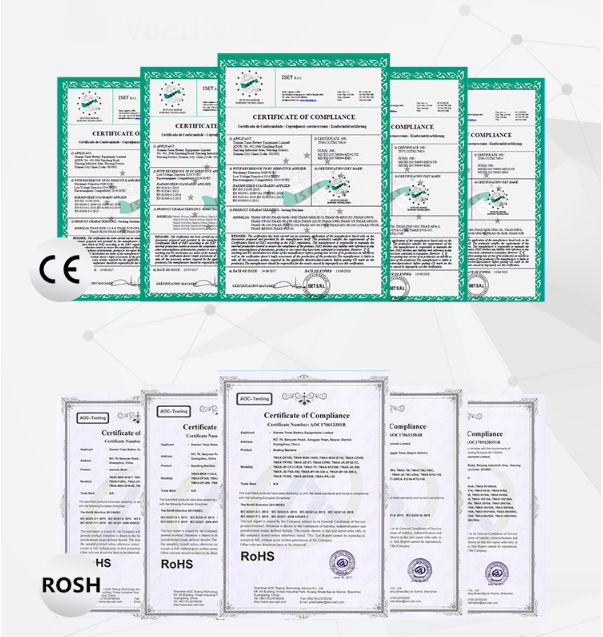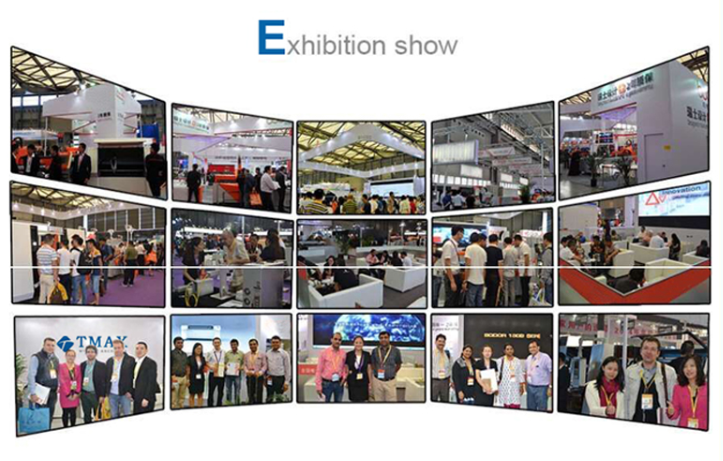- Battery Manufacturing Equipment
- Battery Laboratory Assembly Equipment
- Battery Pack Assembly Equipment
- Sodium Ion Battery Manufacturing Equipment
- Solid State Battery Assembly Line
- Dry Electrode Assembly Equipment
- Supercapacitor Assembly Equipment
- Perovskite Solar Cell Lab Equipment
- Li ion Battery Materials
- Ni / Al / Cu Metal Foam
- Customized Electrode
- Cathode Active Materials
- Anode Active Materials
- Coin Cell Parts
- Lithium Chip
- Cylindrical Cell Parts
- Battery Current Collectors
- Battery Conductive Materials
- Electrolyte
- Battery Binder
- Separator and Tape
- Aluminum Laminate Film
- Nickel Strip/Foil
- Battery Tabs
- Graphene Materials
- Cu / Al / Ni / Stainless steel Foil
- Battery Laboratory Equipment
- Li ion Battery Tester
- Battery Safety Tester
- Battery Material Tester
- Film Coating Machine
- Rolling Press Machine
- Electrode Mixer
- Coin Cell Crimping Machine
- Coin Cell Electrode Disc Punching
- Pouch Cell Sealing Machine
- Pouch Cell Stacking Machine
- Pouch Cell Forming Machine
- Pouch Cell Ultrasonic Welder
- Pouch Cell Electrode Die Cutter
- Cylinder Cell Sealing Machine
- Cylinder Cell Grooving Machine
- Electrode Slitting Machine
- Cylinder Cell Winding Machine
- Cylinder Cell Spot Welding Machine
- Electrolyte Filling
- Type Test Cell
- Other Battery Making Machine
- NMP Solvent Treatment System
- Vacuum Glove Box
- Lab Furnaces
- Ball Mill
- Hydraulic Press
- Laboratory Equipment
300W Cylindrical Cell Laser Welder Machine For Battery Cap Welding
Model Number:
TMAX-UW-300ADimension(L*W*H):
L/C D/A D/P T/T Western UnionCompliance:
CE certificateWarranty:
Two Year Limited Warranty With Lifetime SupportPlace of Origin:
ChinaPayment:
T/T, Credit Card, Paypal, LC, Western Union
Wechat:13506084915
300W Cylindrical Cell Laser Welder Machine For Battery Cap Welding
Product introduction
Laser welding is widely used in the sealing welding of stainless steel shell and aluminum shell in lithium battery manufacturing. Due to the use of optical fiber transmission, the laser welding is more suitable for matching with the flow production line and realizing welding automation. At the same time, the welding performance and appearance have been significantly improved.
Principle
The work of laser welding machine is to use high energy pulse laser to realize welding. Firstly, the pulsed xenon lamp is ignited by the laser power supply, and then the xenon lamp is discharged by the laser power supply to form a light wave with a certain frequency and a certain pulse width. The light wave is radiated to the Nd3 +: YAG laser crystal through the concentrating cavity, which excites the Nd3 +: YAG laser crystal to emit light. After the laser resonance cavity resonates, the emission wavelength is 1064nm Pulse laser, the pulse laser after beam expansion, reflection, (or transmission through optical fiber) focus on the object to be welded;
Under the control of PLC or industrial PC, the NC worktable is moved to complete welding. The frequency, pulse width, duty cycle, speed of worktable and moving direction of pulse laser needed in welding can be used by single chip microcomputer, PLC or industry
The energy of pulse laser can be adjusted and controlled by different setting of laser frequency and pulse width.
Main features
Laser welding is a new welding method. Laser welding is mainly aimed at the welding of thin-walled materials and precision parts. It can realize spot welding, butt welding, overlap welding, sealing welding, etc
*It has high aspect ratio, small weld width, small heat affected zone, small deformation and fast welding speed.
*The welding seam is smooth and beautiful, and there is no need to deal with or only need simple processing procedure after welding.
*The welding seam has high quality and no blowhole, which can reduce and optimize the impurities in the base metal. The microstructure can be refined after welding. The strength and toughness of the weld are at least equal to or even higher than that of the base metal.
*It can be controlled accurately, focus light spot is small, high precision positioning, easy to realize automation.
*It can realize the welding between some dissimilar materials.
Weldable materials and industry applications
Laser welding can be applied to the welding of titanium, nickel, tin, zinc, copper, aluminum, chromium, niobium, gold, silver and other metals and their alloys, steel, kovar alloy and other alloys. It can also be applied to the welding of copper nickel, nickel titanium, copper titanium, titanium molybdenum, brass copper, low carbon steel copper and other dissimilar metals.
It is widely used in mobile communication, electronic components, glasses, watches, jewelry accessories, hardware products, precision equipment, medical equipment, auto parts, craft gifts and other industries.
Specifications
|
Laser generated type |
Nd+3:YAG |
|
Maximum laser power |
300W |
|
Feedback mode |
Negative energy feedback |
|
Laser wavelength |
1064nm |
|
Maximum laser energy of single pulse |
100J |
|
Pulse width |
0.5ms----15ms |
|
Continuous pulse width per unit time (1s) |
10ms |
|
Pulse frequency |
1-200pps |
|
Energy instability |
≦±1% |
|
Divergence angle |
8mrad |
|
Minimal beam diameter |
0.2~1.0mm |
|
*Overall power |
12KW |
|
Power input |
380V AC±10%/50Hz |
|
Cooling mode |
water-cooling |
|
Dimensions |
610(W)*1200(D)*1000(H) |
|
Optical fiber input system |
1set ,1 optical fiber (original Mitsubishi optical fiber imported from Japan) |








 ru
ru



 cindy@tmaxcn.com
cindy@tmaxcn.com David@battery-equipments.com
David@battery-equipments.com Wechat:13506084915
Wechat:13506084915